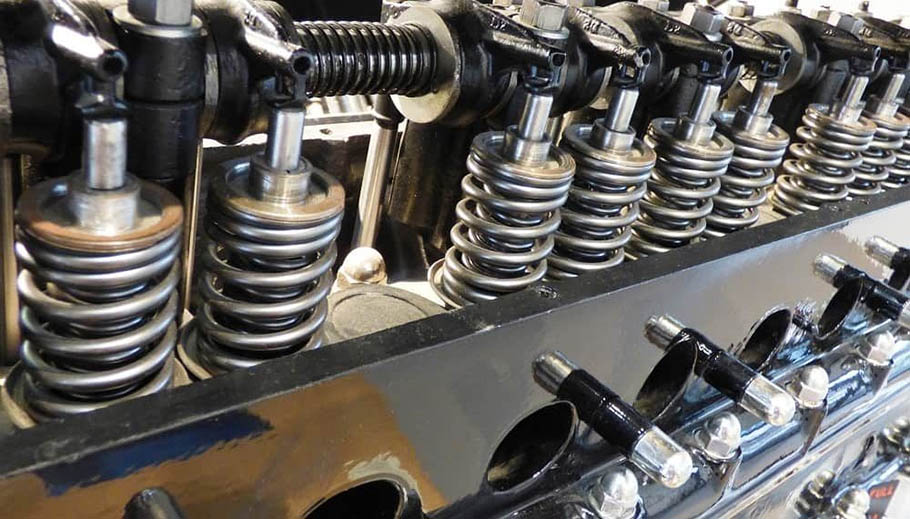CNC machining tends to call to mind intricate designs and small products or parts. For those who are unfamiliar with this technology, it stands for "Computer Numerical Control," and refers to machines that can shape material according to digital instruction.

These machines can work far more precisely than human manufacturers, and can do so quite quickly and with relatively little waste. Again, the process is often associated with smaller products, perhaps as components of larger mechanisms. But there's reason to believe that CNC machining has a role to play in the future of the auto industry as well.
To understand why this is the case, it's important to have an up-to-date understanding of CNC capabilities. Most of the demonstrations you’ll see of this technology are impressive and simple at the same time. You can see almost immediately how impressive and precise the machinery is, but in most cases it tends to be doing little more than shaping a small metallic block, meant to be a component in some larger product or mechanism. These demonstrations tend to do a very good job of showcasing the basic CNC process, but don't do as much to reveal the full potential.
The truth of the matter is that modern CNC machining can typically do a lot more than this basic 3D shaping. As Fictiv explains, today's CNC operations can involve both 3- and 5-axis machining as well as live-tool turning. These capabilities more or less amount to more ways for the machines to manipulate and act on material, such that they can hone curves rather than just straight angles, and all in all produce more complex results. Naturally, this leads to a broader range of applications, which include some vital auto parts.
In fact, per Engine Builder, these are exactly the kind of capabilities that make CNC machining appropriate in the auto industry. The site's piece on this very topic that was written several years ago, when the technology was not as widely available or as efficient as it is today, gave the specific example of cylinder heads. Because there are complex curves involved in these engine components, their design requires the dual movement of the workpiece and the tooling head that 5-axis machining facilitates. (For other parts of an automobile engine, 3- and 4-axis machining can suffice.)
Because of this, we can safely assume that as CNC machining continues to become more accessible, it will likely be used in more auto designs. We know that these machines can quickly produce engine components and other essential parts and mechanisms with unparalleled precision accuracy. And with these practices only becoming more affordable, more auto makers are likely to take advantage of them. On top of all this however, there's also a sustainability angle to the conversation.
Where auto design is concerned, that sustainability angle has to do with CNC machines' capacity to reduce waste, and to take up less space. While there are other environmental concerns relating to this machinery (basically, electricity consumption), that’s true of other production methods as well.
With CNC machinery though, o/r by outsourcing production to CNC-related companies, auto manufacturers can reduce material waste simply due to the incredible precision of the design process. It’s perhaps in part because of this – as well as just the general efficiency CNC provides – that you might see companies like Tesla hiring CNC machinists and experts in material casting.
Beyond actual auto production as well, we could see CNC affecting the auto industry in the future through the production of updated infrastructure. In a past piece here at Transport Advancement, we discussed key components of future smart cities and mentioned potential updates like multi-level parking systems. New structures like these built into existing cities to make transportation more intelligent (and more eco-friendly) could well rely on advanced production methods such as CNC machining and 3D printing. Through these technologies, parts can be built and put into place far more quickly than they could be with ordinary construction, and with less waste or disruption in the process.
It's likely that there are still more ways in which CNC will blend with the auto industry that we didn't cover here, or can't even imagine yet. It’s an industry facing a lot of change, and an advanced manufacturing and design technology like this almost can't help but be of use. The ideas above, however, paint a broad-strokes picture of the impact we expect to see.
Post time: Jul-30-2021
